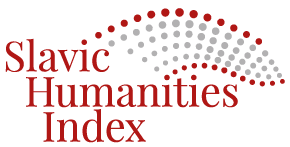Lex Non Scripta / Lex Non Scripta
Primjena pravila za prepisivanje Kur’ana u Bosni tokom 17. i 18. stoljeća / Application of Qur’an Copying Rules in Bosnia and Herzegovina During 17th and 18th Centuries
DOI:
https://doi.org/10.46352/23036990.2021.436Keywords:
palaeography, calligraphy, mushaf, Qur’an, Islamic artAbstract
Statistically speaking, in terms of the number of manuscripts transcribed during the Ottoman period in Bosnia, manuscripts of the Qur’an certainly prevailed. This demanding project was undertaken by scribes of all categories – ordinary scribes but also calligraphers. In addition to following the spelling rules, it was presumed that the scribes of the Qur’an followed special rules for transcribing the Holy Text. In order to gain an insight into the extent to which and what transcription norms were known in the Ottoman-era Bosnia, a list of rules for copying the Qur’an published and critically interpreted by the eminent professor Jan Just Witkam have served as a basis. In order to gain a broader picture, the mushafs of the 17th and 18th centuries from the collection of Gazi Husrev-bey’s library in Sarajevo were analyzed. After the examination of 22 mushafs from this collection, it was concluded that the rules for Qur’an copying were known in the Ottoman Bosnia as early as the 17th century, as well as that that these rules were known to Bosniak scribes.
Downloads
Downloads
Published
How to Cite
Issue
Section
License
Copyright (c) 2021 Journal of the Faculty of Philosophy in Sarajevo / Radovi Filozofskog fakulteta u Sarajevu, ISSN 2303-6990 on-line

This work is licensed under a Creative Commons Attribution-NonCommercial-ShareAlike 4.0 International License.













